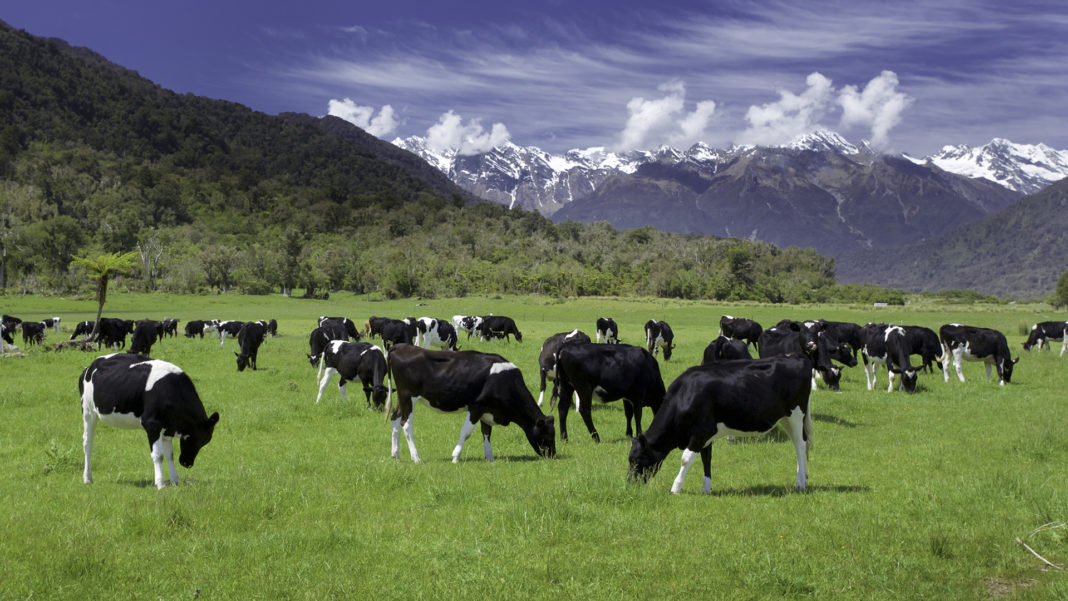The extent of the financial impact of adverse weather in 2018 on Irish farm incomes is evident from newly released data from the Teagasc National Farm Survey, across the board farmers struggled to cope with the difficulties presented by severe weather and challenging conditions on farms.
A long winter, followed by an extremely dry summer seriously affected grass growth in 2018.
As a result, on grassland farms (dairy and drystock), there was a substantial increase in the volume of purchased feed and fodder required to make up for the shortfall in grass production, with average feed expenditure up 34%.
The need to increase fodder stocks resulted in increased spending on fertiliser, machinery contracting and fuel. The combination of these factors pushed production costs strongly upwards.
The extent to which weather had an impact on individual farm incomes in 2018 depended on factors specific to each farm, including local weather, farm type, soil type, stocking rate and the mix of winter and spring crops sown.
Good late season grass growth and an extended silage making campaign helped to avert even steeper increases in production costs late in the year and stemmed the erosion in farm incomes.
Average family farm income on Cattle Rearing farms dipped to an estimated €8,318 in 2018, a reduction of 22% on the €10,642 in 2017, with a sharp rise in production costs the main driver.
Cattle Other farms, which comprise a range of cattle production systems (e.g. cattle finishers) other than suckler production systems, also experienced an income drop, due to higher input expenditure, but it was not as steep as that which occurred on Cattle Rearing farms. Average Cattle Other farm income in 2018 was €14,408, a reduction of 11% on the 2017 figure of €16,115.
Income reductions
According to Teagasc economist Dr Emma Dillon, Dairy farms incurred the largest income reductions in 2018, with average dairy farm income falling by 31% to €61,273, compared with the 2017 level of €88,829. Concentrate feed use increased by almost one-third to over 1,300 kg per cow.
Sheep farms also experienced an income reduction in 2018, with higher than normal levels of feed and fertiliser use. Average Sheep farm income fell from €17,357 in 2017 to €13,769 in 2018, a reduction of 21%.
In 2018, in general, winter sown crops fared better in terms of their yield performance than spring sown crops. While crop yields on tillage farms were well below average trend yields, farmers benefitted from a large jump in harvest prices in 2018 relative to 2017.
In spite of the low yields, this price increase was large enough to boost the average income in tillage farms in 2018, which was €42,678, an increase of 18% on the 2017 figure of €36,048.
Across the farm sector as a whole, the average family farm income in 2018 declined by 21%, dropping from €29,774 in 2017 to €23,483. However, the average on individual farm systems continues to vary greatly.
The survey, which is based on an internationally recognised methodology, is drawn from a representative sample of farms around Ireland.
Data for the survey was gathered by the Teagasc team of NFS farm recorders who visited over 800 farms across the country throughout the year.
The survey covers the principal land based agricultural sectors in Ireland; dairy, beef, sheep and tillage.
The full preliminary 2018 Family Farm Income figures from the Teagasc National Farm Survey can be viewed at https://www.teagasc.ie/publications/2019/National-Farm-Survey-Preliminary-Results-2018.php








